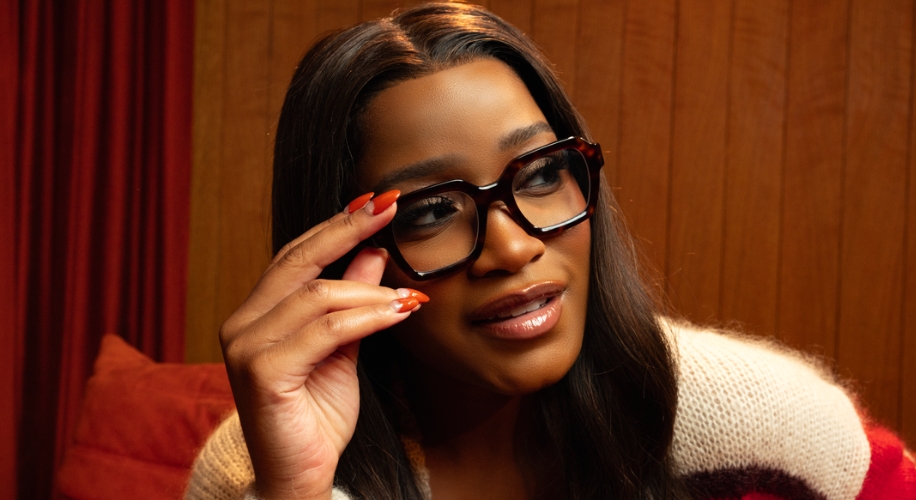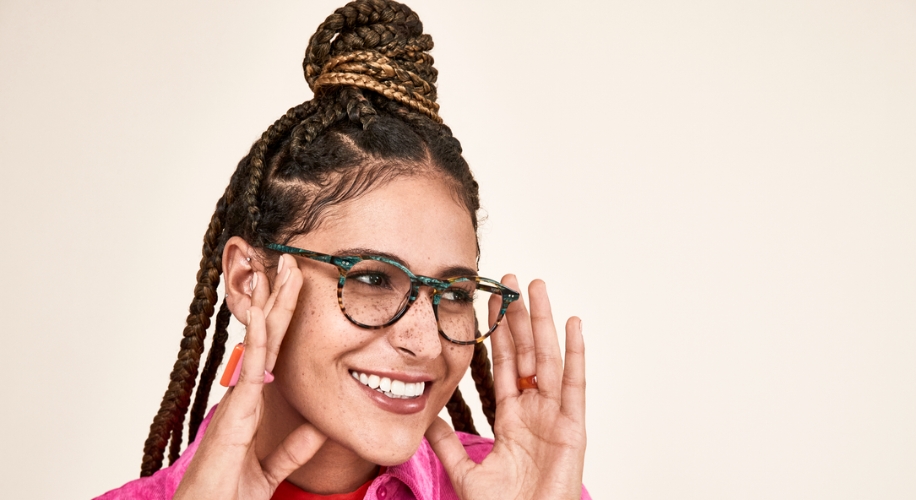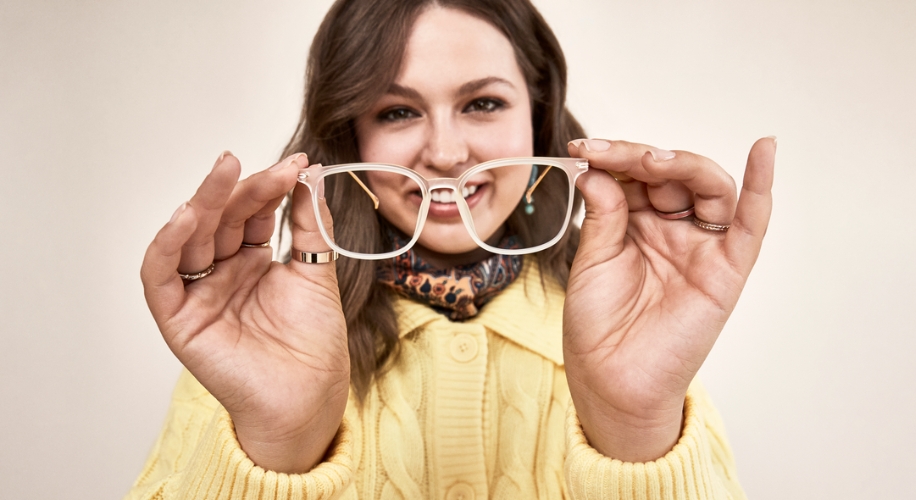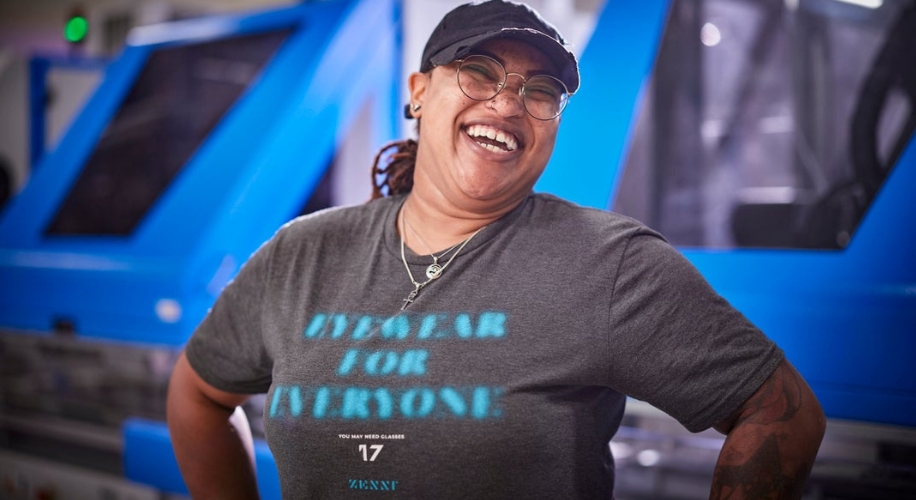Adjusting to New Glasses

Getting used to new glasses is like fine-tuning a musical instrument, requiring your eyes and brain to adapt to changes in prescription, frame size, or other adjustments. This process introduces a variety of symptoms, such as challenges in focusing, mild visual distortions, and occasional dizziness. To decode this experience, let’s unravel why even identical prescriptions might feel different and explore practical strategies for a smooth transition.
Decoding Symptoms: The Signs of Adjustment

When adjusting to new glasses, watch out for signs like difficulties focusing, slight visual distortions, or occasional dizziness and headaches. These symptoms indicate your eyes and brain are recalibrating to the changes, creating a delicate dialogue between your vision and the evolving landscape.
Why Same Prescriptions Feels Different

Sometimes, new glasses with identical prescriptions can feel different. This happens due to variations in lens alignment or a shift from familiar frame styles, especially when transitioning from smaller to larger frames.
Strategies for Smooth Adaptation

- Choose the Right Frame: Optimal comfort relies on selecting a frame that fits your face well. Professional measurement and customization ensure the frame aligns with your optical needs, reducing issues like eye strain and headaches.
- Consistent Wear: Regular and consistent wear supports neuro-optical adaptation. Establishing a routine fosters familiarity with the new prescription, minimizing transitional discomfort.
- Let Go of the Old: Transition smoothly by saying goodbye to old frames. Wearing outdated glasses disrupts adaptation, introducing confusion to your eyes and brain.

If discomfort persists during your transition to new glasses, the first step should be to reach out to Zenni’s award-winning customer service team for guidance. If discomfort persists, it’s essential to consult with an eye care professional and ensure your prescription aligns with your visual needs. This step is crucial for a comfortable adaptation. As your optics align and recalibrate, temporary discomfort will fade, unveiling a clear vision. This adjustment journey not only showcases the resilience of the human visual system but also invites you to embrace the nuances of your optical transition, recognizing the craftsmanship within each frame as it evolves with every glance.
About the Author: Dr. Sophia Moh, OD, ABOC
Dr. Sophia Moh, OD, is an optometrist based in the Bay Area, California. She holds a doctorate from UC Berkeley School of Optometry and has worked in various eye care settings, including primary care optometry, general ophthalmology, community health clinics, and Veterans Affairs. Dr. Moh is dedicated to improving global vision health by making high-quality, affordable eyewear accessible to all. She is also a certified American Board Optician (ABO) and actively contributes to optical education through training and lectures.



 Canada
Canada